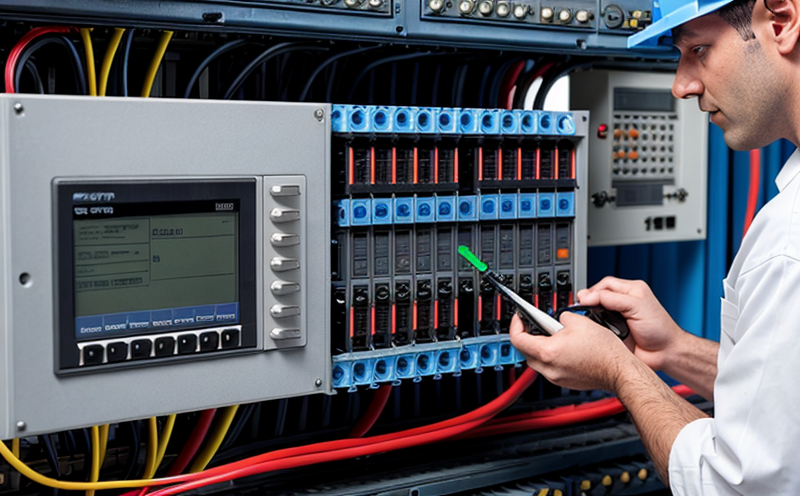Programmable logic controller inspection
In the realm of industrial automation, Programmable Logic Controllers (PLCs) play a pivotal role in ensuring the seamless operation and efficiency of complex systems. These controllers are responsible for controlling various processes within manufacturing environments, from simple on/off switching to intricate sequence control. Regular inspection is critical to maintaining the reliability and safety of these systems.
The primary objective of our Programmable Logic Controller Inspection service is to ensure that each PLC meets stringent quality standards and operates efficiently, thereby minimizing downtime and ensuring compliance with international norms such as IEC 61131-2. Our team of experts performs comprehensive inspections using state-of-the-art tools and methodologies.
The inspection process begins with a thorough review of the system documentation provided by our clients. This includes understanding the specific requirements, control algorithms, and any unique operational conditions of the PLC. Following this, we proceed to physically examine the hardware components for signs of wear or damage. This step ensures that all parts are functioning optimally and within specified tolerances.
The next phase involves software analysis. Our technicians delve into the program code stored within the PLC memory, checking it against best practices and industry standards. We identify any potential errors or inefficiencies in the logic flow, which could lead to operational issues down the line. This includes verifying the use of appropriate programming languages as per IEC 61131-2.
During our inspections, we also perform diagnostic tests on the PLC. These tests simulate real-world scenarios that the system might encounter during operation. By doing so, we can detect any latent issues before they manifest into full-blown failures. For instance, we test the response time of the controller under varying loads and conditions to ensure it meets the performance criteria set by our clients.
Once all inspections are completed, a detailed report is generated for each PLC inspected. This report includes findings from both hardware and software examinations along with recommendations for corrective actions if necessary. Our reports adhere strictly to international standards ensuring that they provide accurate and actionable insights into the current state of the systems being evaluated.
Customer Impact and Satisfaction
- Enhanced Reliability: By regularly inspecting PLCs, we help clients reduce the risk of unexpected system failures, leading to increased operational reliability.
- Downtime Reduction: Early detection of potential problems allows for timely repairs or replacements, significantly reducing unplanned downtime and maintenance costs.
Environmental and Sustainability Contributions
- Energy Efficiency: Our inspections ensure that PLCs are operating at peak efficiency levels, thereby conserving energy resources.
- Material Conservation: Through preventive maintenance practices recommended during our inspections, we help clients extend the lifespan of their existing equipment, reducing waste and promoting sustainability.





